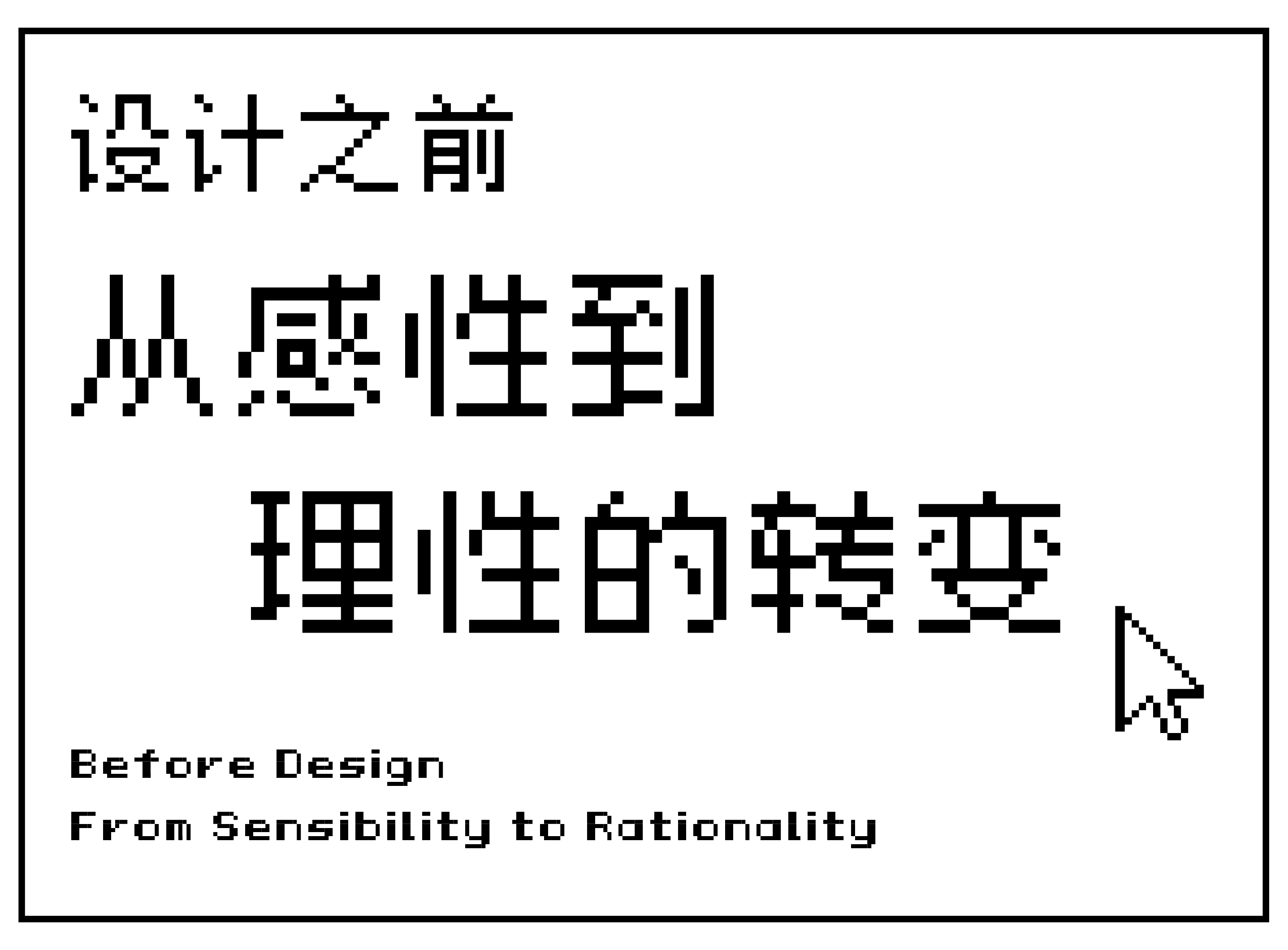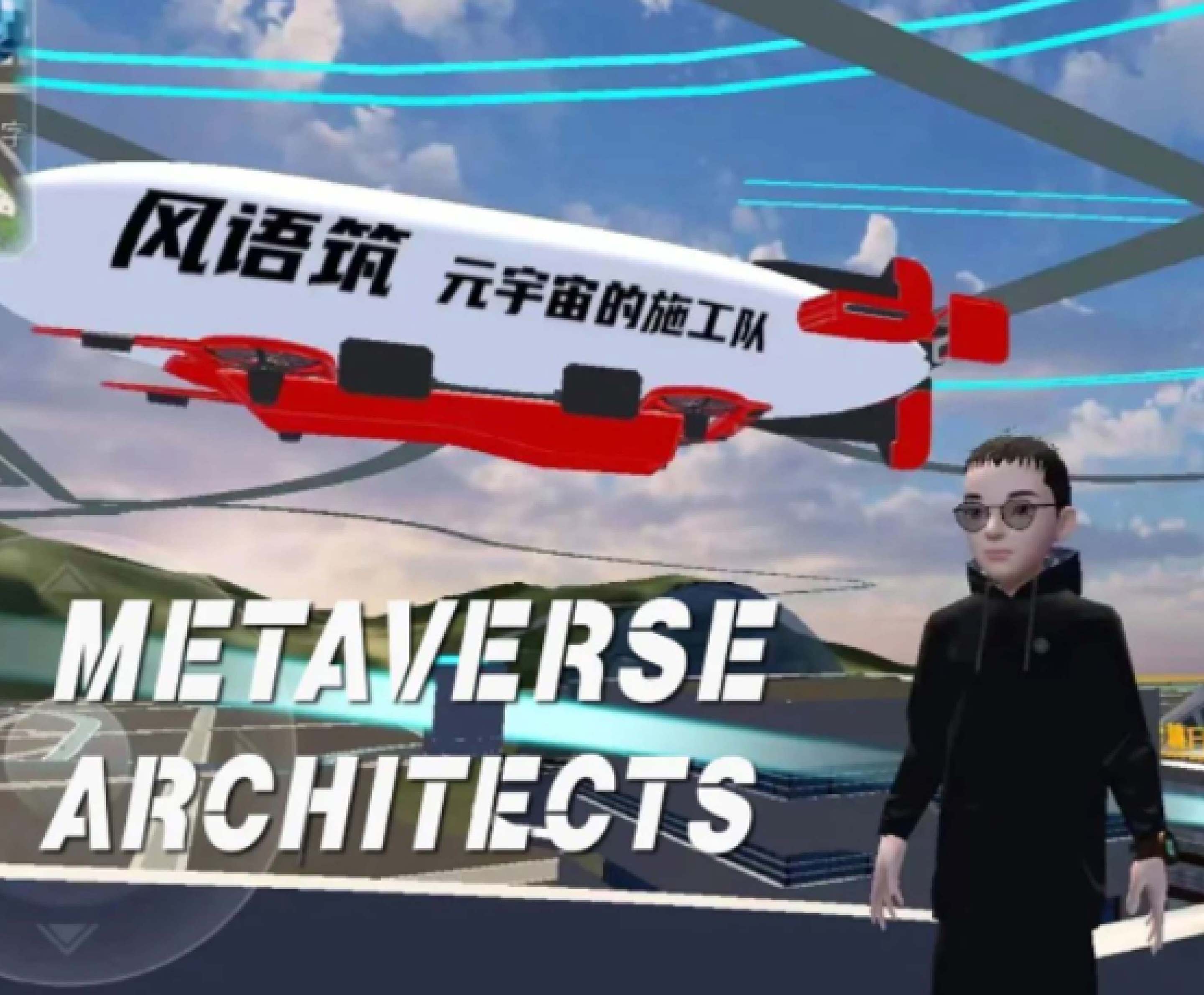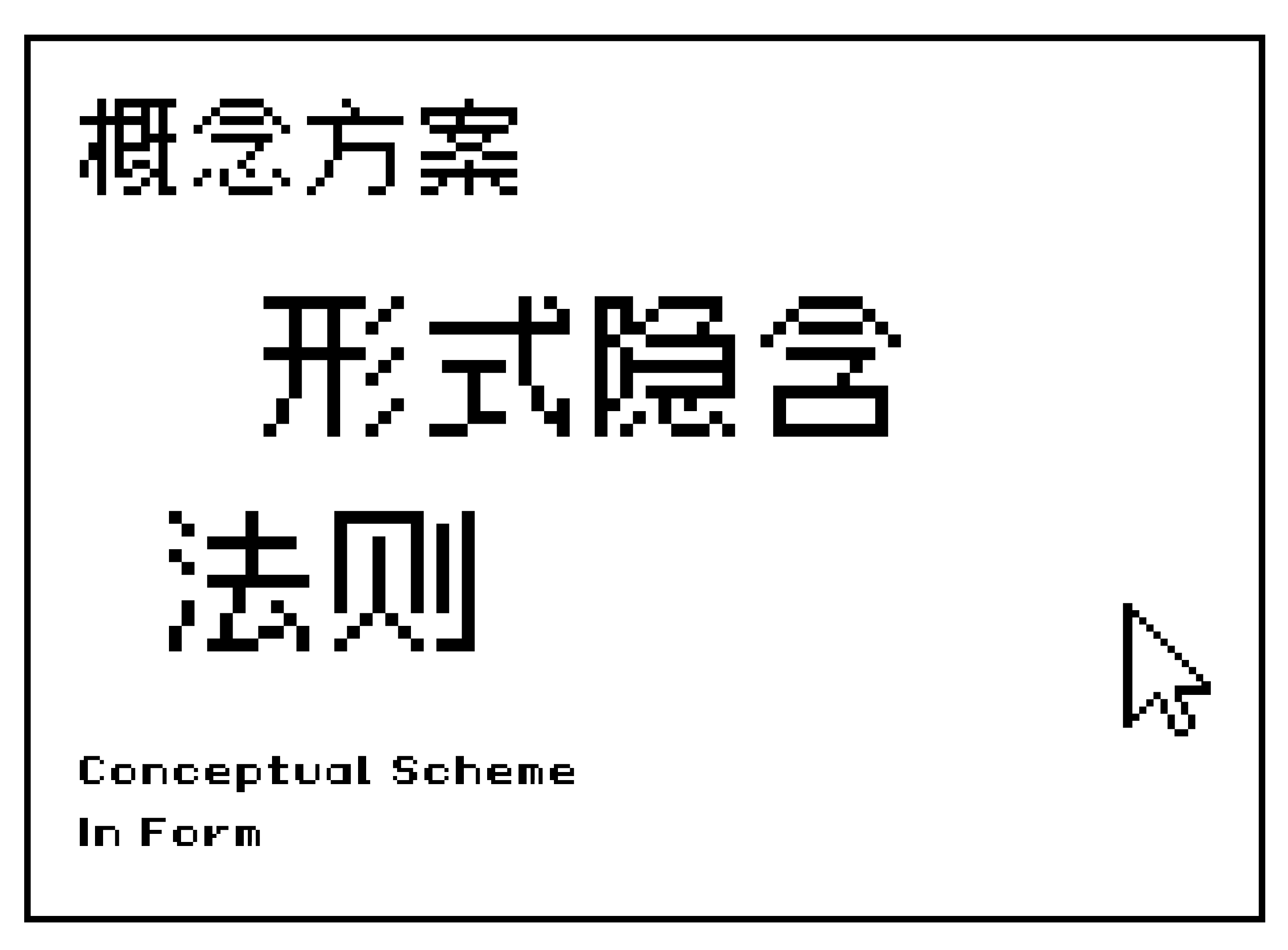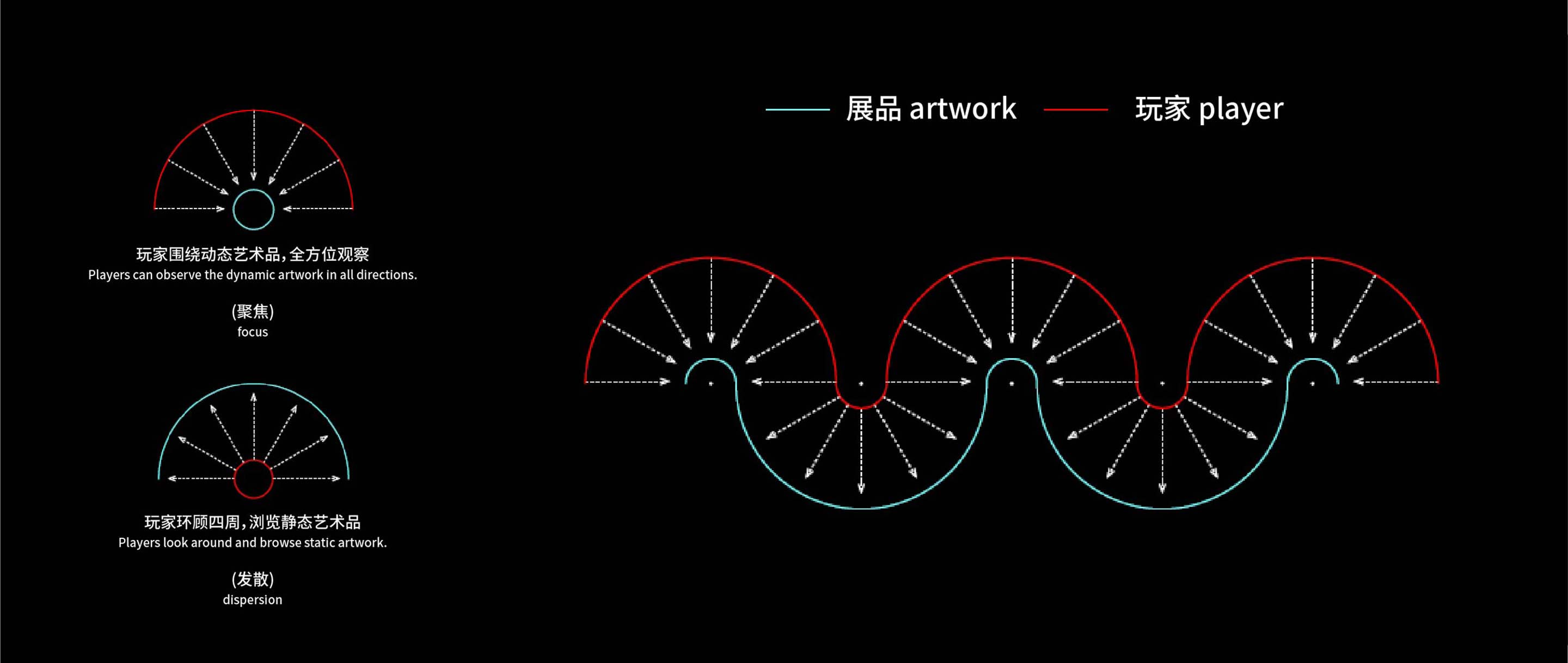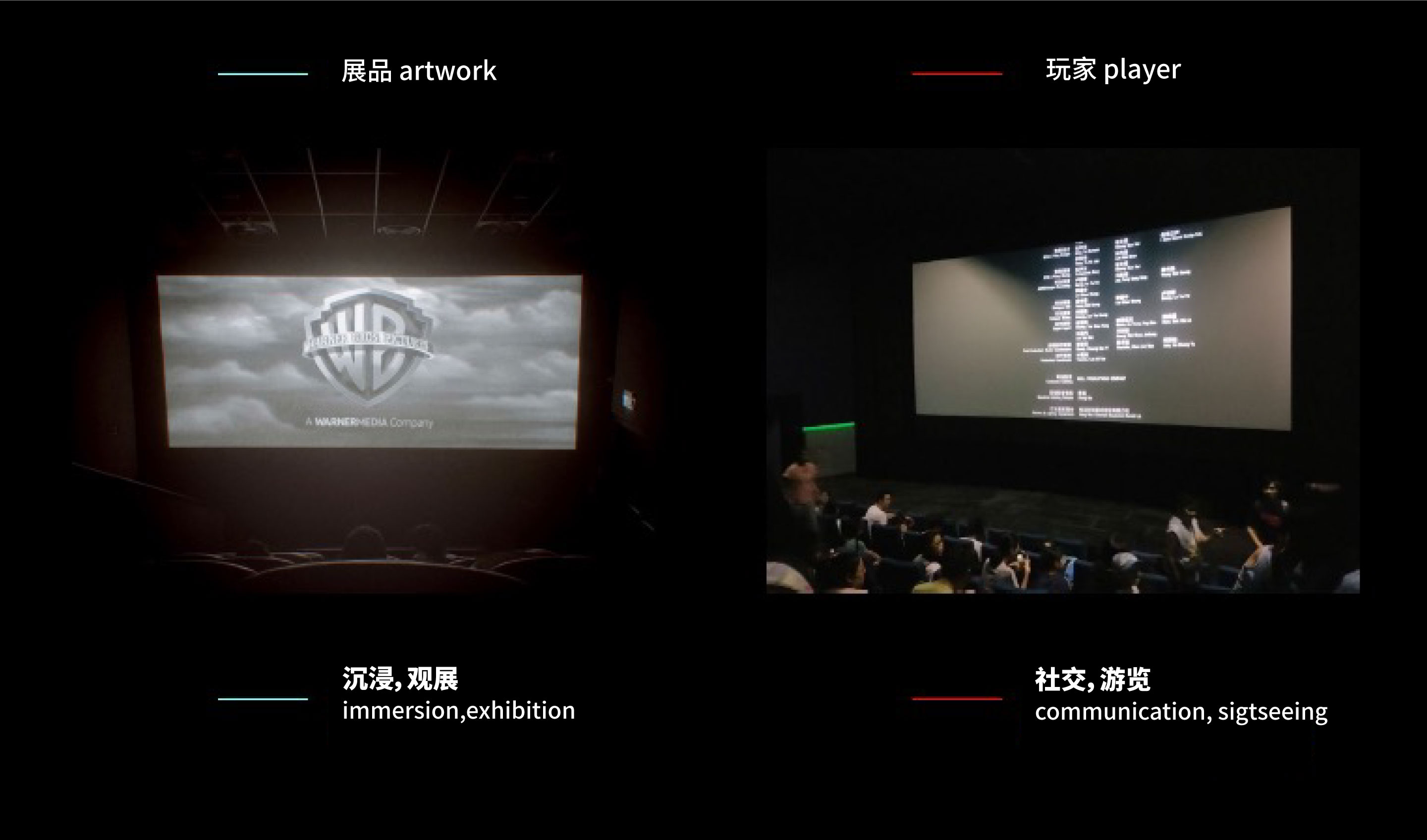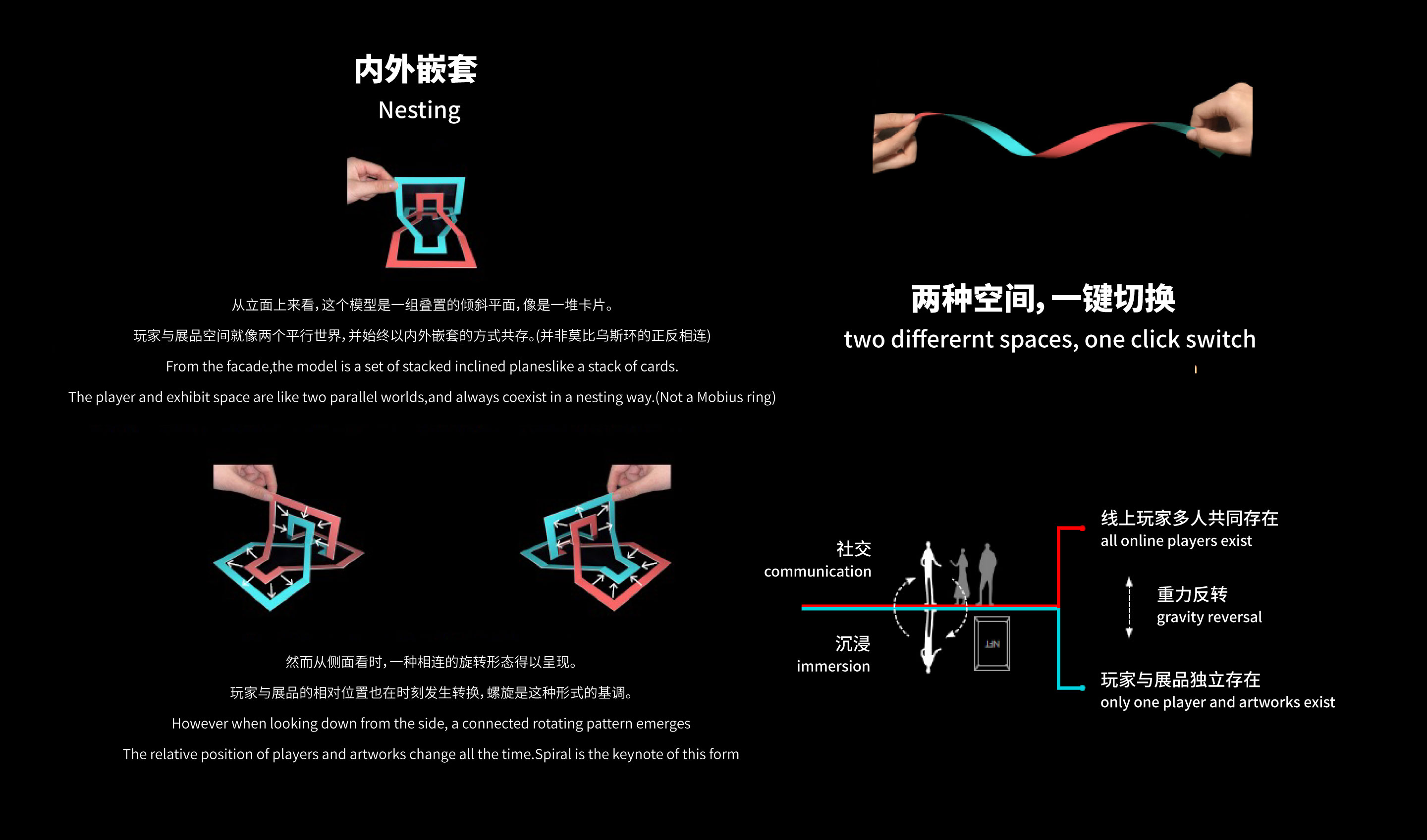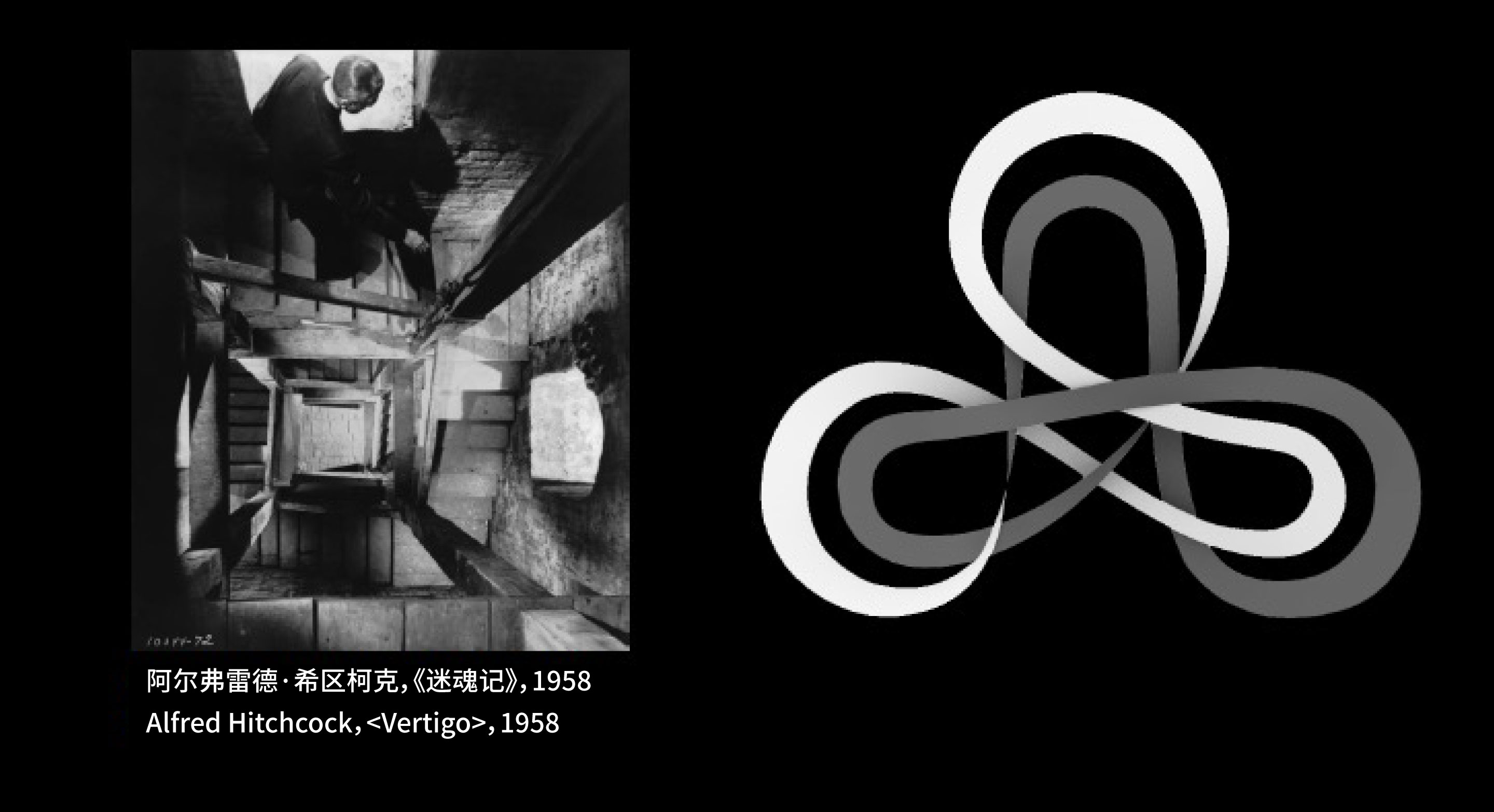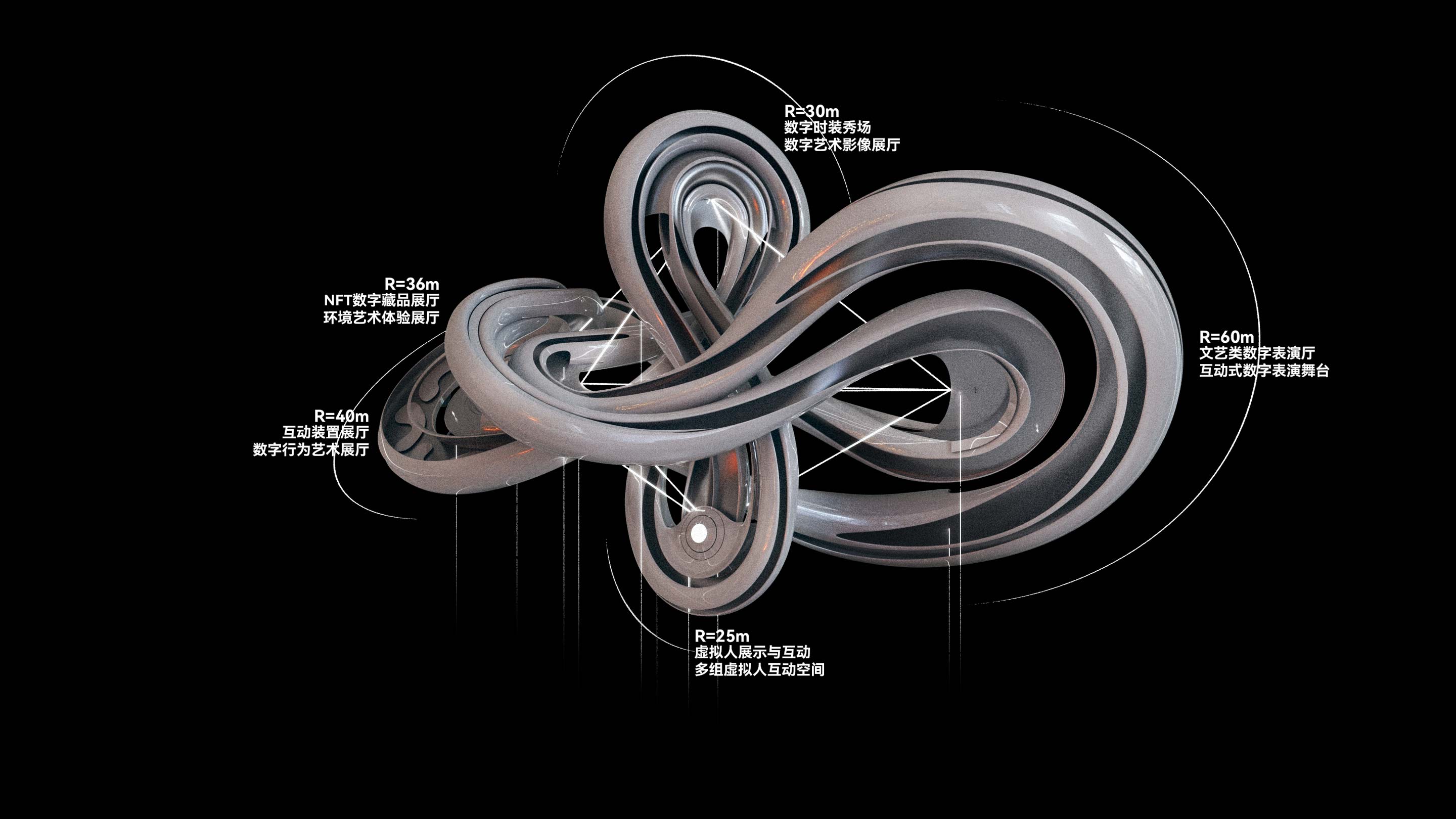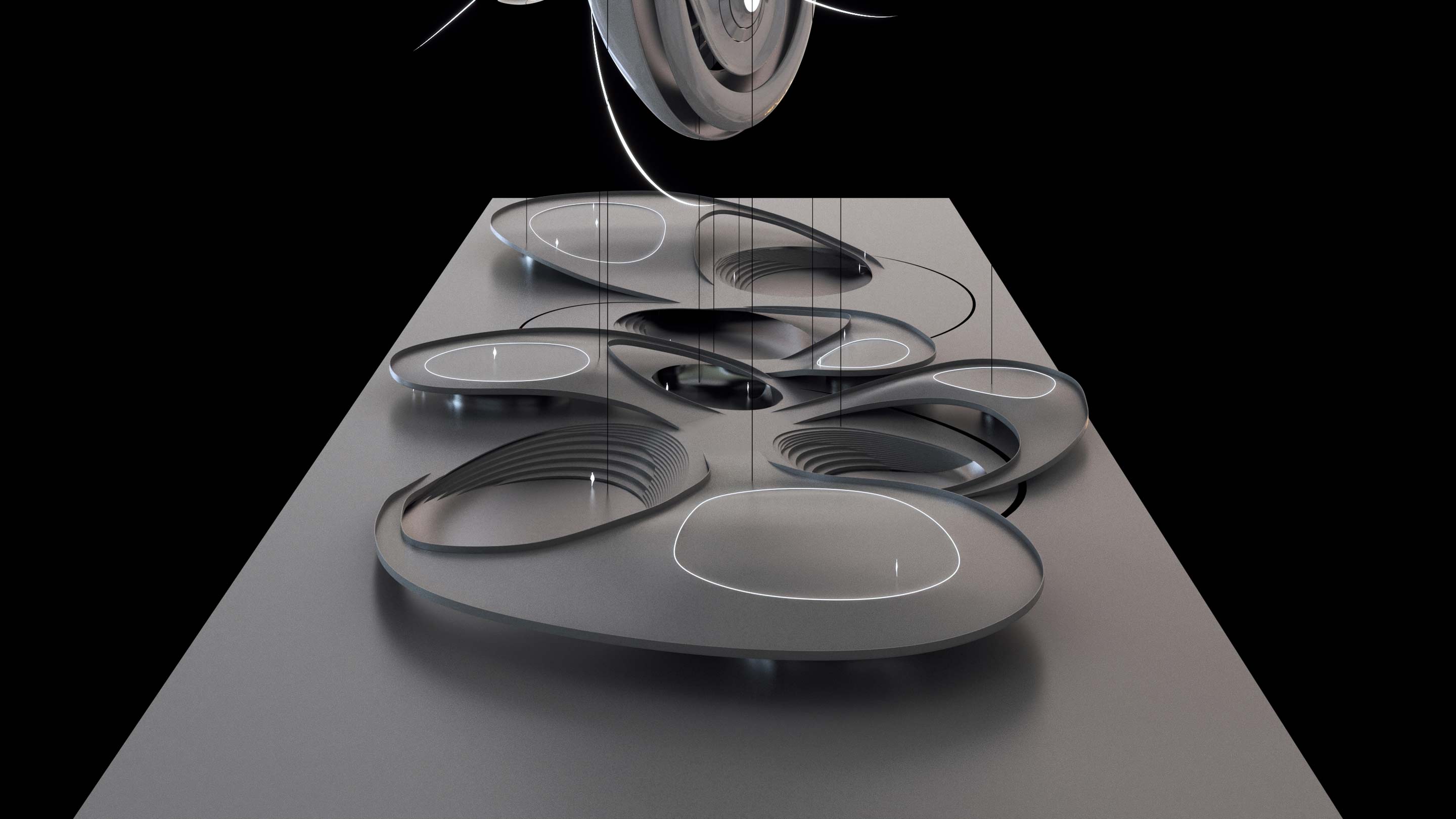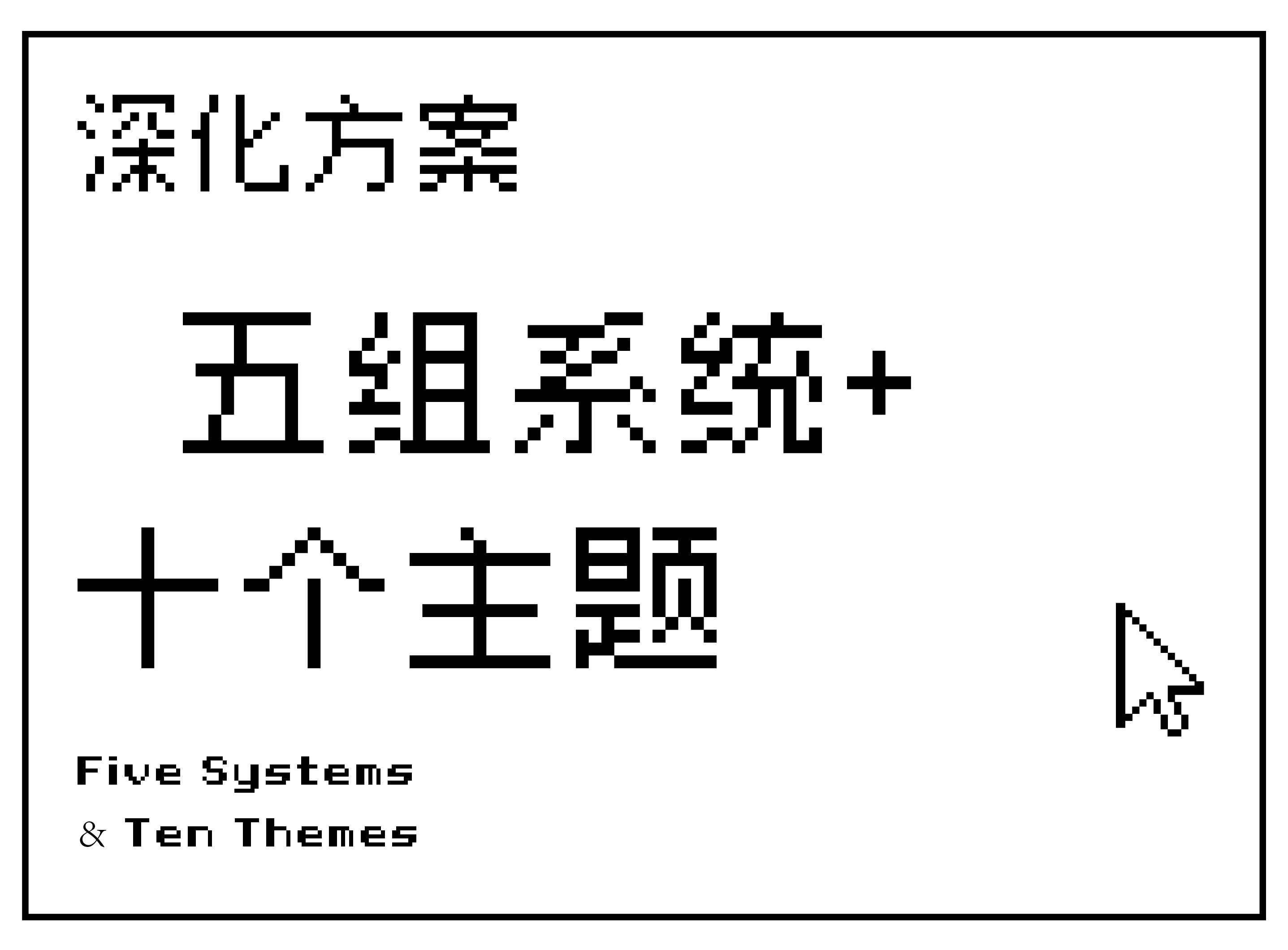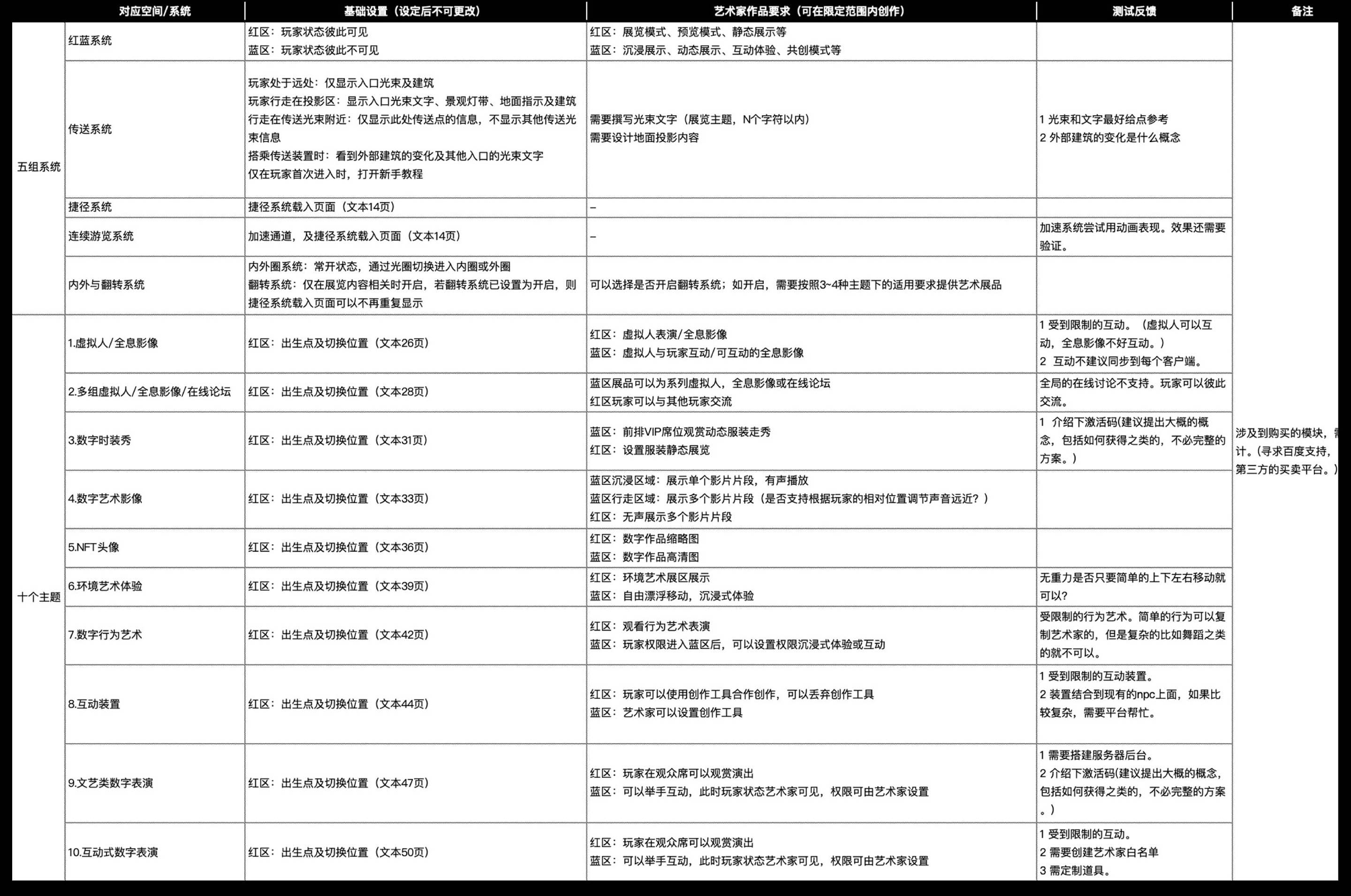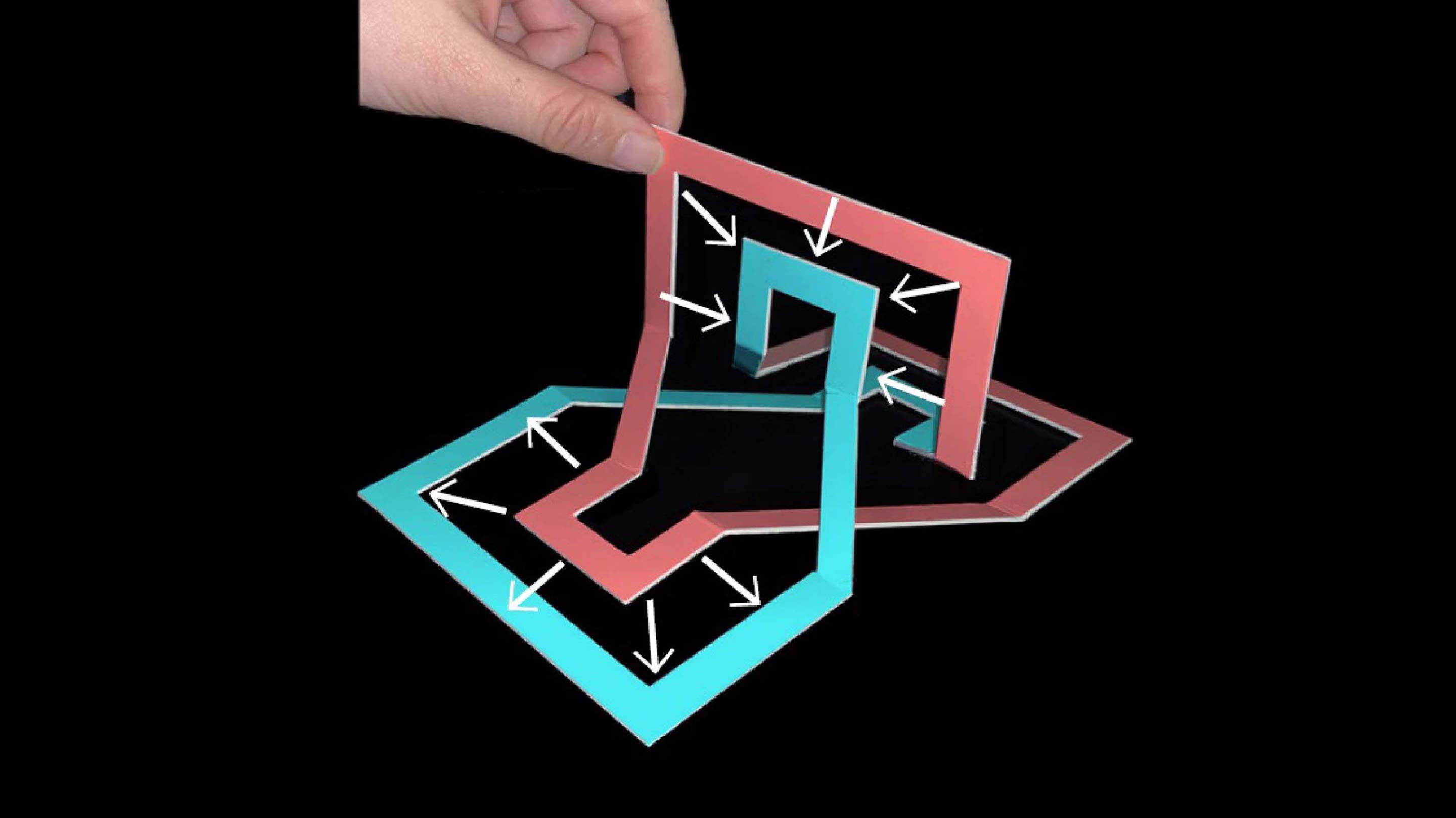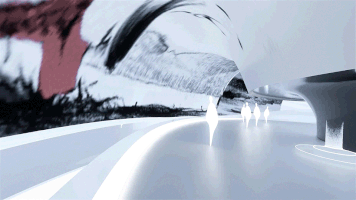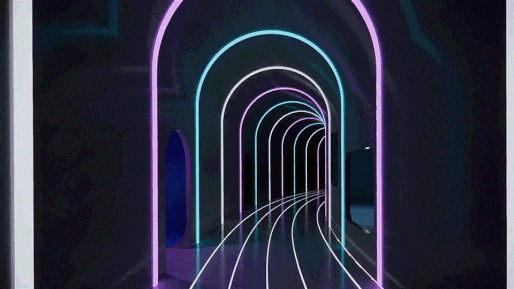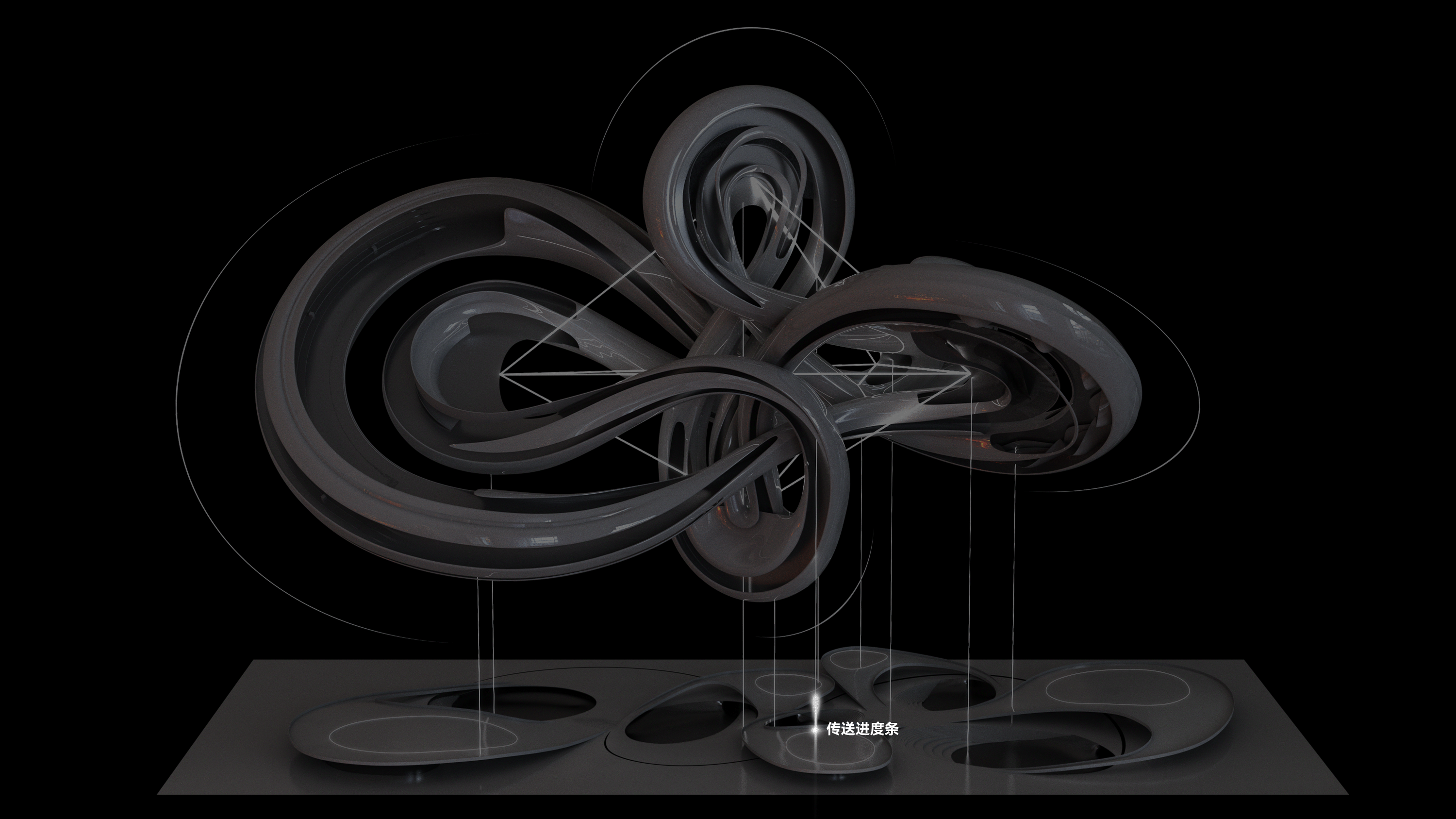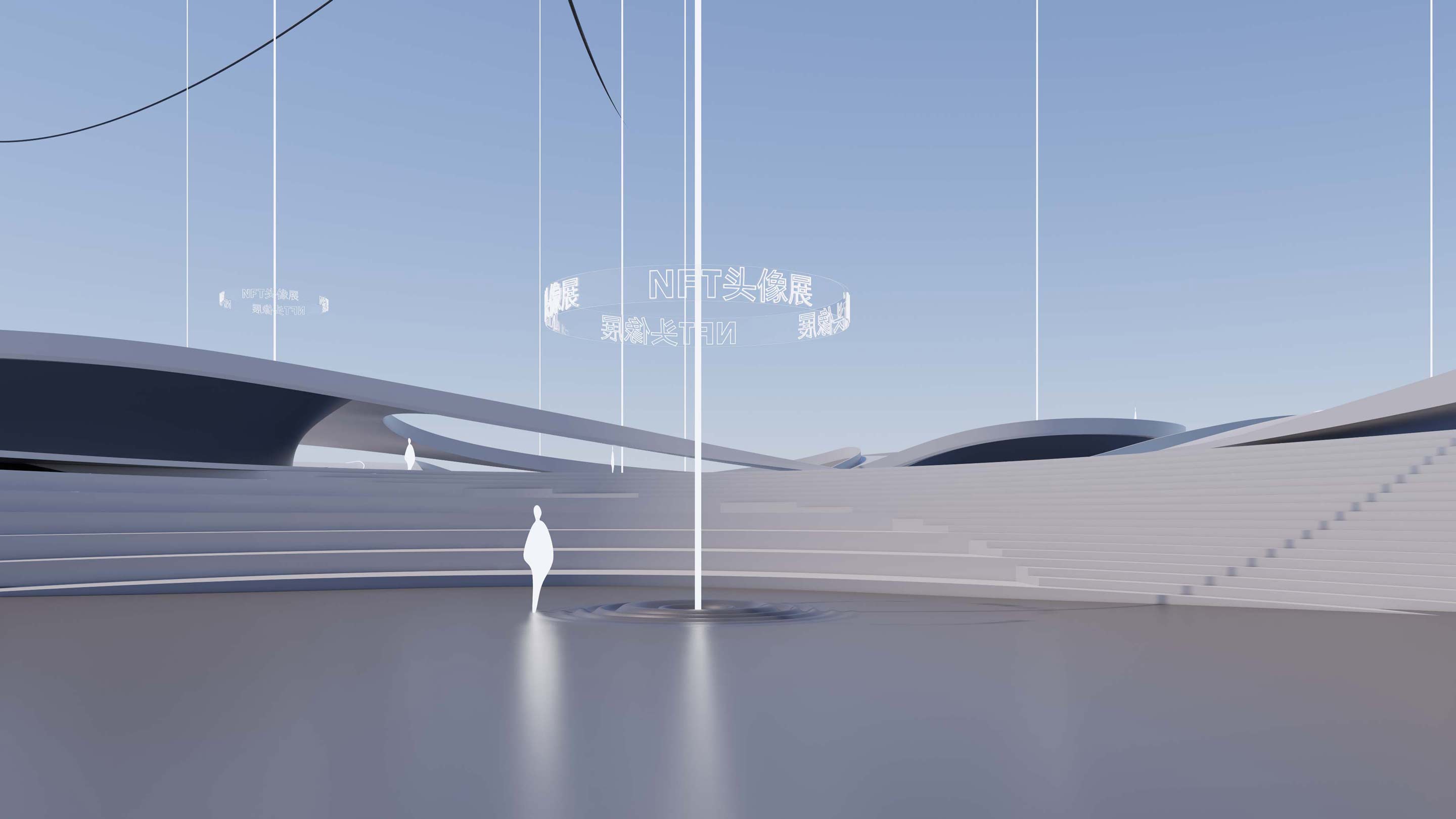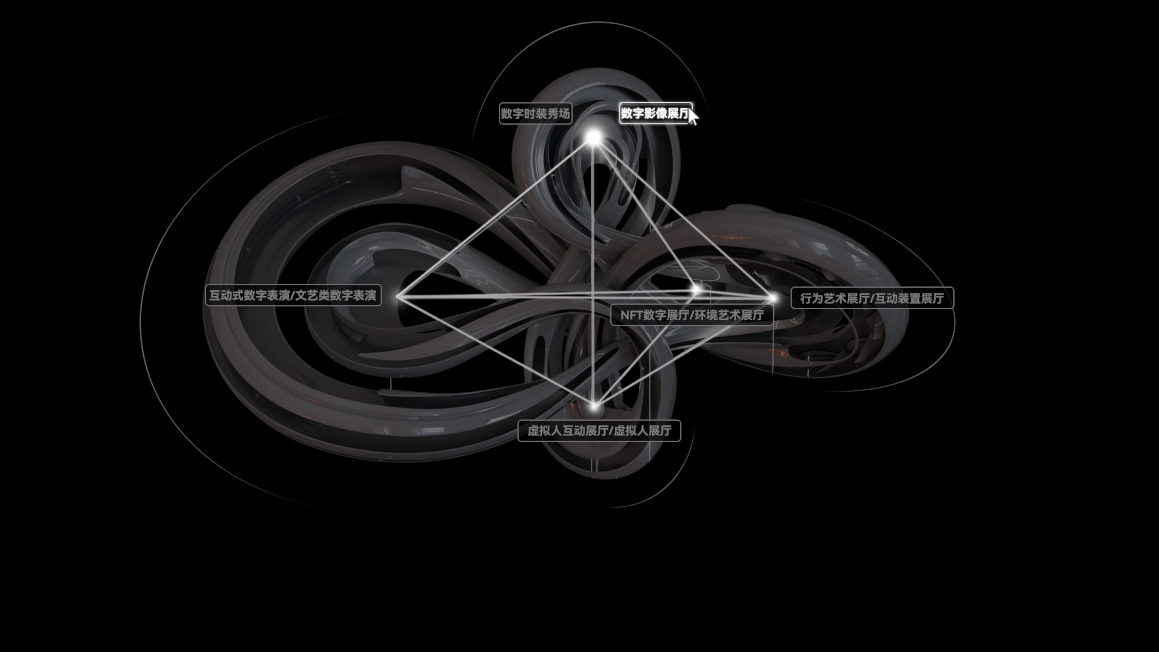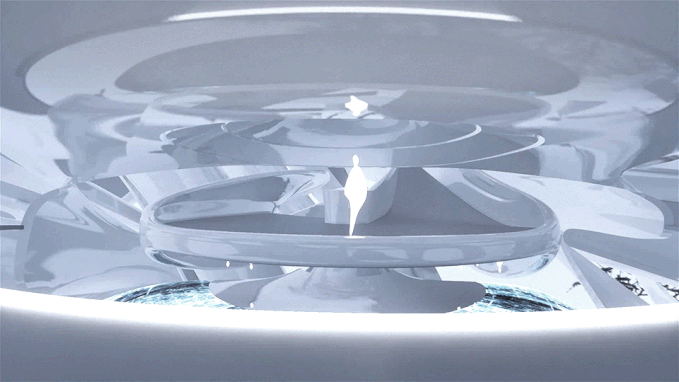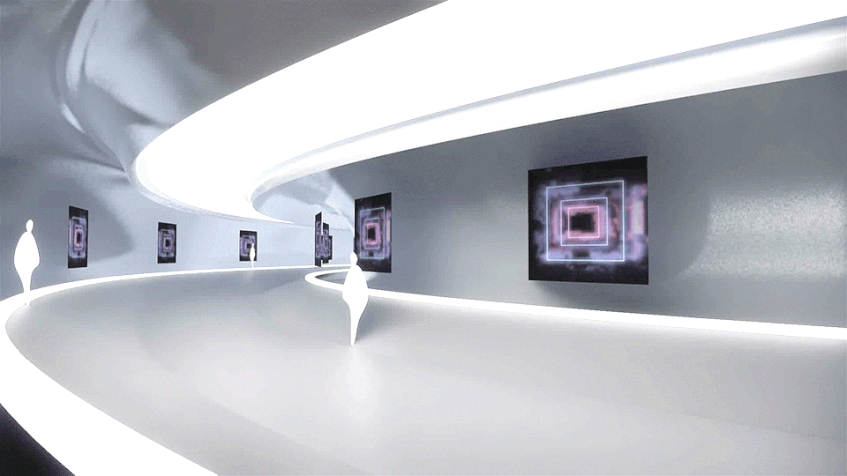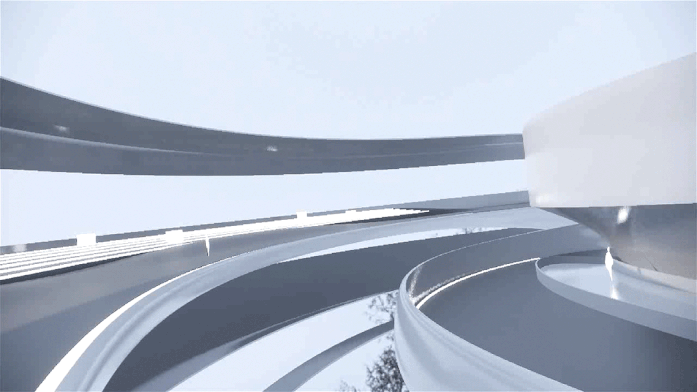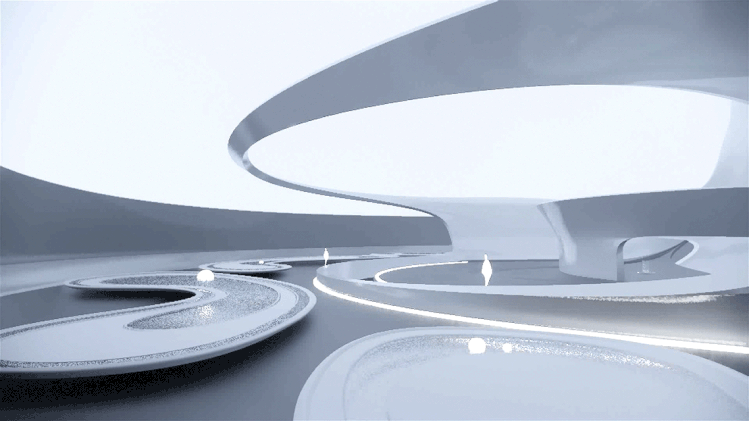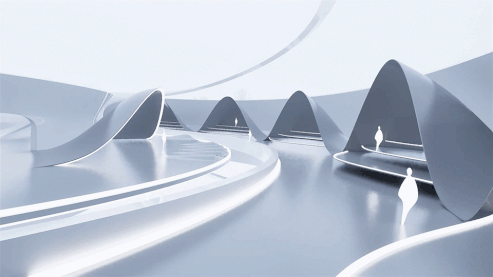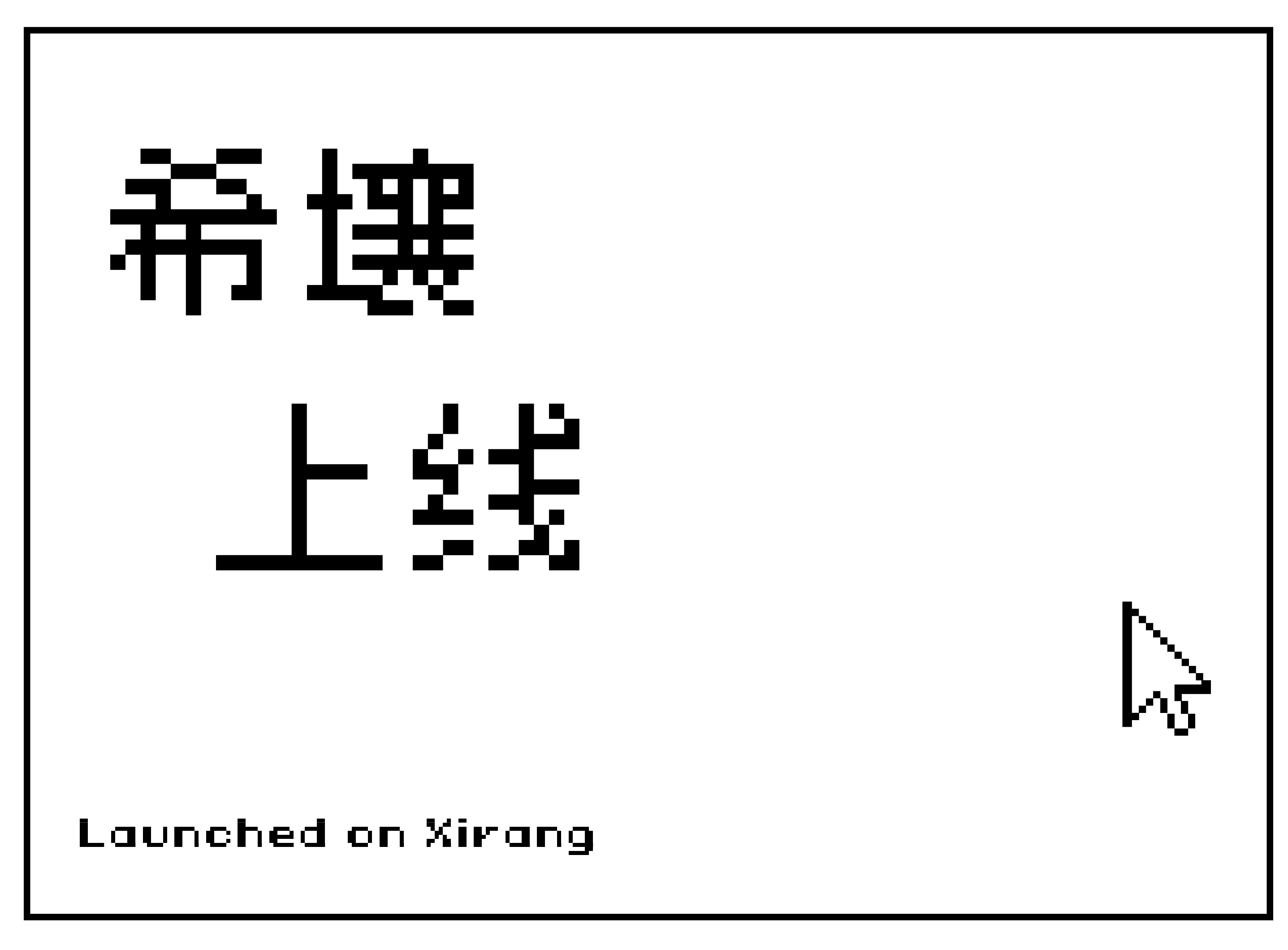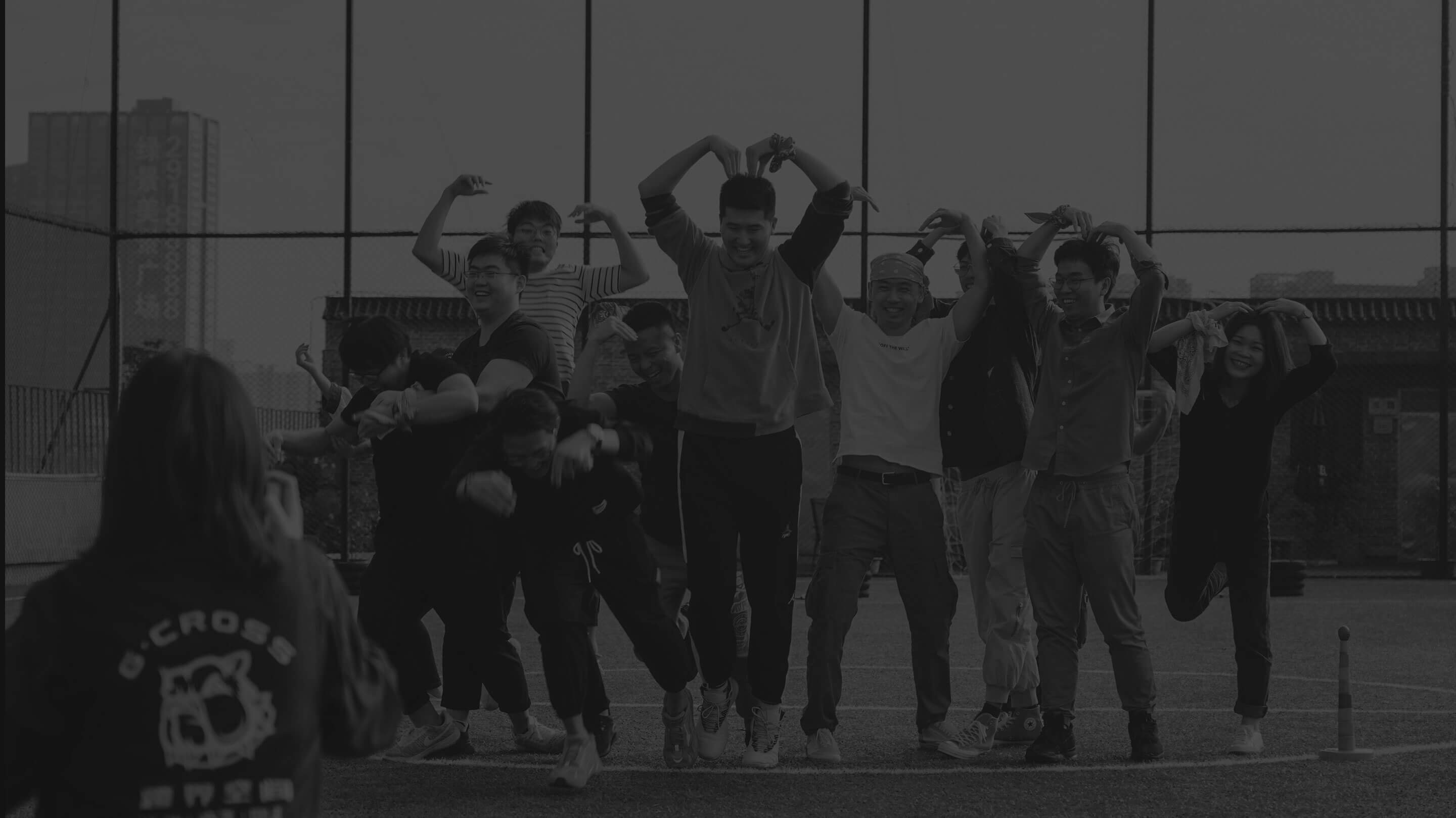Add. Floor 10, West Tower, Baidu International Building, Nanshan District, Shenzhen
At the beginning of this year, we held a global tender for Fengyuzhu Metaverse Digital Art Museum (Cloud Hall MAS), and Qinchen Studio of SEED was selected from more than 600 design teams for its outstanding performance, which left a deep impression on me. They have a profound understanding of the concept and ecology of the metaverse. Their project embodies both academic and rational thinking of architects and artistic imagination, presenting to the public the architectural beauty beyond reality in the metaverse.
At present, we are busy building this project. After official opening, we welcome everyone to visit this digital art museum in Xirang * and become participants and creators of art.
Li Hui (President of Fengyuzhu)
When we saw the news of the competition at the end of last year that Fengyuzhu will build a digital culture and art museum in Xirang* Metaverse of Baidu. This is an architectural practice or experiment in new media, and an artistic expression without limitation of imagination.
*Xirang is a metaverse product released by Baidu at baidu AI Developer Conference on December 27, 2021. It is an immersive virtual space parallel to physical world.
With freshness of crossover, we decided to participate in the competition.
△ Global bidding for architectural scheme of Fengyuzhu Metaverse Digital Art Gallery
When we started to think about how the design would unfold, we quickly realized that it was different from traditional architectural design. In addition to the site size and exhibition function, there is few other pre-factor that can be considered, such as surrounding environment, structure materials, height limitation and plot ratio limitation. Then we asked ourselves whether the size of the site would be meaningless if both the sizes of figures and spaces could be scaled equally. Seems to have unlimited freedom, but there is no starting point.
Is it to create a theme for yourself, to design a work of art, or to subjectively design a space that doesn't exist in the real world? To find the answer, we need to look back upon the meaning of the metaverse.
What is Metaverse
Metaverse is a virtual world mapping and interactive with the real world and a digital life space with a new social system, which is linked and created by means of science and technology. To build an economic system based on blockchain technology, the virtual world and the real world are closely integrated in economic system, social system and identity system.
So putting aside those perceptual cognition, the metaverse presents a set of rational logic of overlapping circles, which is a qualitative change of virtual world brought by blockchain-based digital assets. The metaverse is closely connected with the real world! This connection includes real time, authenticity, value logic, social logic and so on. In simple terms, the metaverse is an internet of future with a bunch of technologies that link both the real world and the virtual world.
What We Think
We hope that digital culture and art museum will present real continuous space (not false fragments) and rational space order, and bring interactive experience and visiting rules with space order as the carrier. We believe that interactive experience is higher than spatial experience in metaverse. Interaction is the basis for the operation of rational logic in metaverse, and spatial experience or artistic expression is just the icing on the cake.
Therefore, looking back to the viewpoint when starting the design, the perceptual expression of space is separated from the screen, there is no sense of touch, smell, temperature, humidity, and even sound has to be issued through speakers. Narrative of virtual space is such different from real space. In present, extension technology and digital twin technology is far from mature, and the pursuit of space experience in the metaverse is actually an embodiment of dimensionality reduction. Interactive experiences, like Nintendo's pursuit of gameplay, do not emphasize artistic expression or hardware technology, but still have a large number of fans even in pixelated or cartoonish style.
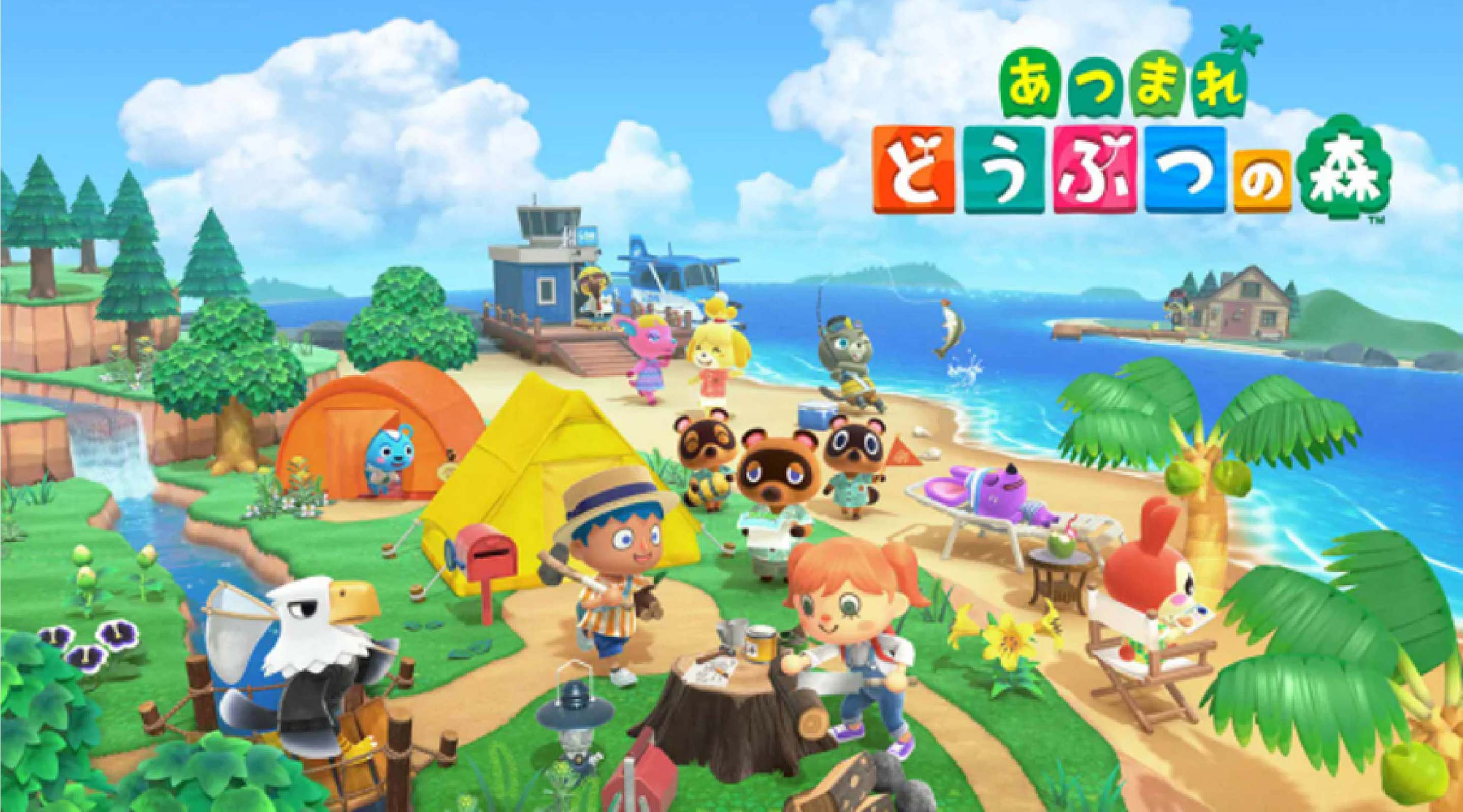 △ Collection! Animal Sensories
△ Collection! Animal Sensories
The design is like an exercise of spatial organization and logical thinking. We treat exhibits and players as two elements of equal quality. The interaction between the players and the exhibits is always shifting between focus and dispersion, and the spaces occupied respectively by them are constantly shifting between dots and lines.
In addition to visual interaction logic, we assign the two groups of parallel spaces for players and exhibits to two different ways of exhibition: one is to use players’ space, in which we provide social interaction, that is to visit the exhibition with many players; the other occupies the exhibits’ space, and we provide immersive interaction, that is only one player can visit the exhibition in close proximity with exhibits alone. To take an intuitive example, just like watching a movie and leaving a movie theater, staff’s light switch can instantly switch us from the plot of movie back to reality.
So how do these two groups of spatial organization go from two-dimensional continuous to three-dimensional continuous, and how do they switch with each other?
Mobius ring is a typical case of continuity of transiting from two-dimensional space into three-dimensional space, but we don't allow players’ social space seamlessly links with exhibits’ immersive space when moving, for they should be parallel and disjoint. Therefore, our space prototype is a spiral spatial organization nested inside and out all the time, rather than mobius ring. The switch between them is always accompanied by associations of internal and external, front and back.
The form of winding always causes people's association, just like the spiral staircase in Vertigo , its form of movement gives people a deep sense of mystery.
The final architectural form is composed of five continuously interwoven disks of different scales, suspending in the air.
The two sides of the disks correspond to different exhibition themes, and up to 10 different exhibitions can be held at the same time. Each disk is divided into inner and outer rings, representing respectively immersive and social interactive experiences. It also supports the expansion of different interaction modes of the same theme (a disk includes four interaction modes of the same theme in both sides) or the expansion of exhibition space of the same theme (adjacent disks of the same theme). The centers of the disks are connected by a pentagonal pyramid, forming a tour shortcut.
This kind of spatial organization logic also gives ground landscape. We try to make players have a subconscious preheating of spatial logic before entering the building. Continuity and correspondence are the basic tone of the form. The landscape is divided into five pairs of opposite outdoor square spaces, and each consisting of a sunken "bowl" and a suspended "leaf" corresponding to the inner and outer rings of the building. Each leaf is "squeezed and grown" by adjacent bowls, thus achieving the continuity of the site. The adjacent bowls are connected by underground galleries, corresponding to the pentagonal pyramid shortcut, which can host thematic introductions. A "stem" under leaves serves as a shop or an artist's meeting room.
In fact, the deepening of the scheme of digital art museum is somewhat similar to actual architecture. Basic rules matching the space is needed to make for the architecture in metaverse to ensure good interaction and normal operation with players. Just as a house has an infrastructure that underlies its appearance and space, they are largely hidden but important.
We have set up five systems for the museum to ensure the smooth operation of the ten themes.
△系统测试与反馈
Five Systems
① Red-Blue System
(always accompanied by associations of internal and external, front and back)
△Red: Players’ space/social mode
△Blue: Exhibits’ space/immersive mode
② Transfer System
Ground transfer points correspond to the themes of the ongoing architectural exhibition. (Transfer only to the red zones of 10 themes)
③ Shortcut System
Players can use the shortcut system to reach a corresponding exhibition area quickly. Shortcut transfer points in outer rings will only appear at both ends of the red zones, and one end overlaps the birth point. Shortcut transfer points in inner rings are located in the centers of the red zones, and overlaps the birth point.
④ Continuous Touring System
Between exhibition halls, movement is accelerated to simplify players’ operation, so as to optimize tour experience.
⑤ Inside-Outside and Flip System
The inside-outside system is a switch between social interaction and immersive interaction. A fast conveyor belt is set between the inside and outside rings. When players are on the conveyor belt, a selection button of whether to enter another exhibition mode will pop up.
The flip system can further increase the interaction mode in addition to the inside and outside modes. The exhibition is arranged on the front and back sides of a ring. Flip points are opened at both ends and players will automatically jump to the back space after entering the flip point. Flip points can be opened and closed according to the needs of exhibitions.
Ten Themes
We have preset ten different exhibition contents, including static NFT heads or paintings, dynamic digital images, virtual people that can interact with players, environmental art and performance art that can participate in, large-scale concerts, etc.
MAS is expected to be launched on Xirang in the near future, and art in-house test of MAS will be held at the same time. Architects, developers, curators and artists will jointly explore new gameplay of the metaverse art experiment. The new interactive experience discussed in the in-house test will be combined with works of five artists to present organic integration of architecture and art of metaverse in Xirang World preview.
Currently, the project is still in the testing stage of Xirang World, and it is expected that after the official opening (which will not be long), it will become an important carrier of cultural activities in the metaverse and bring excellent interactive experience to players.
Project Name: Fengyuzhu Metaverse Digital Art Museum
Scheme Design: SEED Qinchen Studio
Project Owner: Shanghai Fengyuzhu Culture & Technology Co., LTD
Project Year: 2022
Project Platform: Baidu Xirang
Project Function: Cultural and art exhibition
Lead Designer: Qin Chen
Design Team: Qin Chen, Yang Yang, Huang Hang, Deng Jiaying, Huang Linxi, Wang Liangliang, Wu Shuang
Technical Support Team: Shanghai Fengyuzhu Culture & Technology Co., LTD
Construction Status: Under construction



